![]() When winding the coil for the motor spindle winding, the number of turns of the coil must be strictly followed according to the motor parameters. For the motor, a few more or fewer turns of the coil will have a certain impact on the motor, because the winding in the motor is similar to inductance. If the motor is wound a few more times, its number of turns will increase, and the inductance will increase; if it is wound a few less times, the number of turns will decrease, and the inductance will also decrease. These will have some impact on the motor to some extent.
When winding the coil for the motor spindle winding, the number of turns of the coil must be strictly followed according to the motor parameters. For the motor, a few more or fewer turns of the coil will have a certain impact on the motor, because the winding in the motor is similar to inductance. If the motor is wound a few more times, its number of turns will increase, and the inductance will increase; if it is wound a few less times, the number of turns will decrease, and the inductance will also decrease. These will have some impact on the motor to some extent.
The motor coil is part of the motor stator circuit. When the motor is powered on, if the number of motor coils is less than the actual number, and the motor power is relatively large, since the high-power motor has fewer turns and the coil wire cross-sectional area is large, the current will increase, causing the motor's magnetic flux density to increase and saturate, eventually causing the motor to heat up severely and burn out.
At the same time, from the perspective of external speed, the number of coil turns decreases and the motor speed increases. Since the motor coil is wound manually, the gap between the coil and the iron core increases, which reduces the number of coil turns to a certain extent.A classmate asked again: "It won't work if we wind less turns! What if the motor has more turns?"Adding more turns to the motor not only wastes wires, but also increases the resistance and reactance of the motor windings, which will definitely affect the performance of the motor. First, after adding more turns, the resistance of the motor windings will increase, and the current will decrease. Obviously, it will reduce the motor power. Secondly, adding more windings will slow down the motor speed after power is turned on, but it can extend the service life of the motor.Regarding the power size of the motor, small-power motors have thin wires and more turns. Generally, one-phase winding has one or two thousand turns. If there are ten or eight turns less when winding the wire, it is not a big problem and will not have much impact on the motor.However, it is different for high-power motors. Its windings are thick and few in number. Increasing or decreasing the number of turns of the windings will have a greater impact on the motor. Therefore, when actually winding the motor, the coil must be wound according to the original wire diameter and the original number of turns based on actual needs. It cannot be wound less or more, otherwise it will be difficult to achieve the original performance.
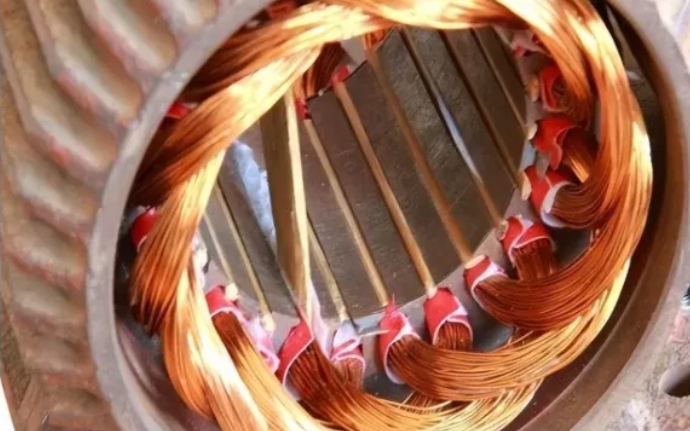



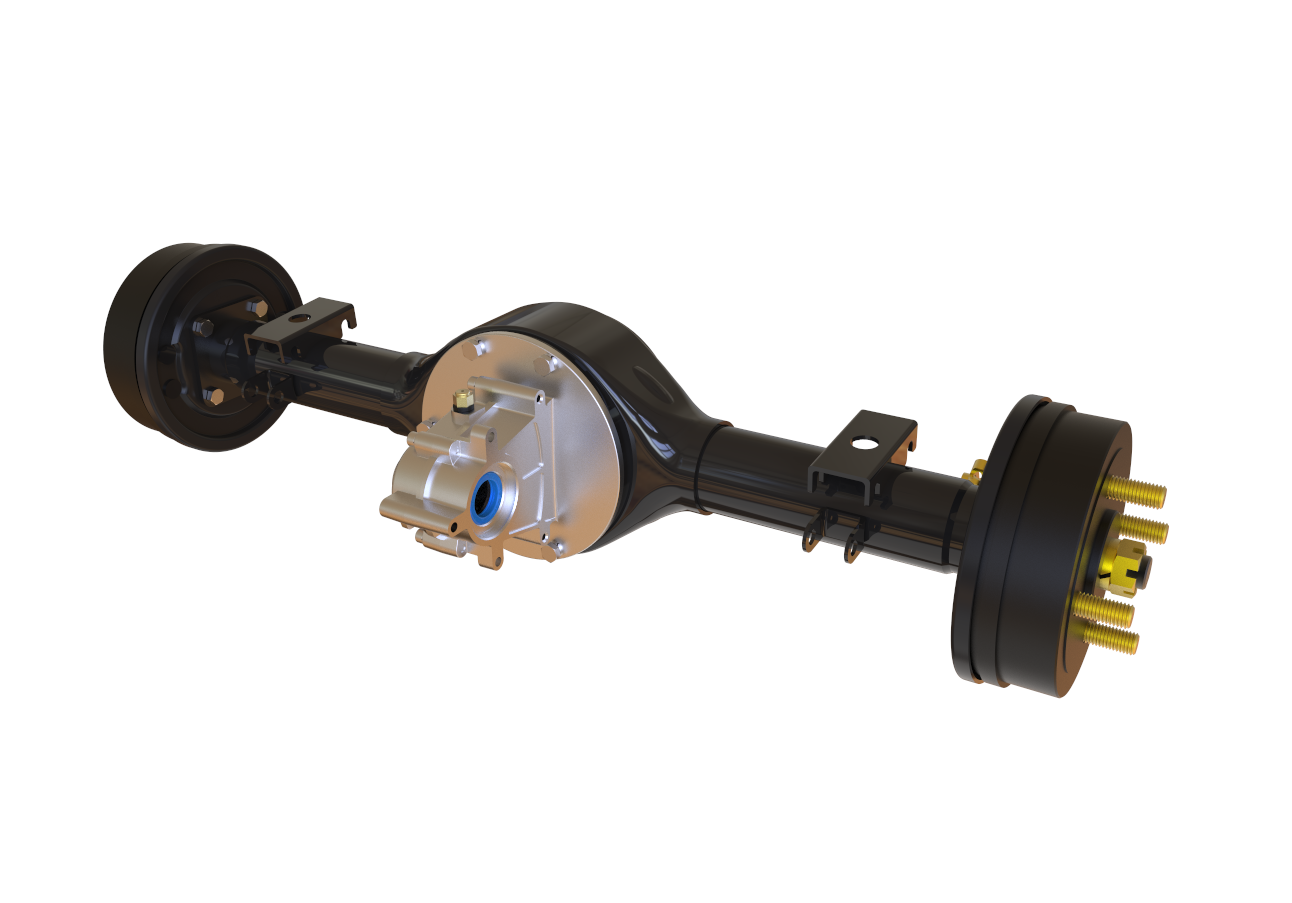
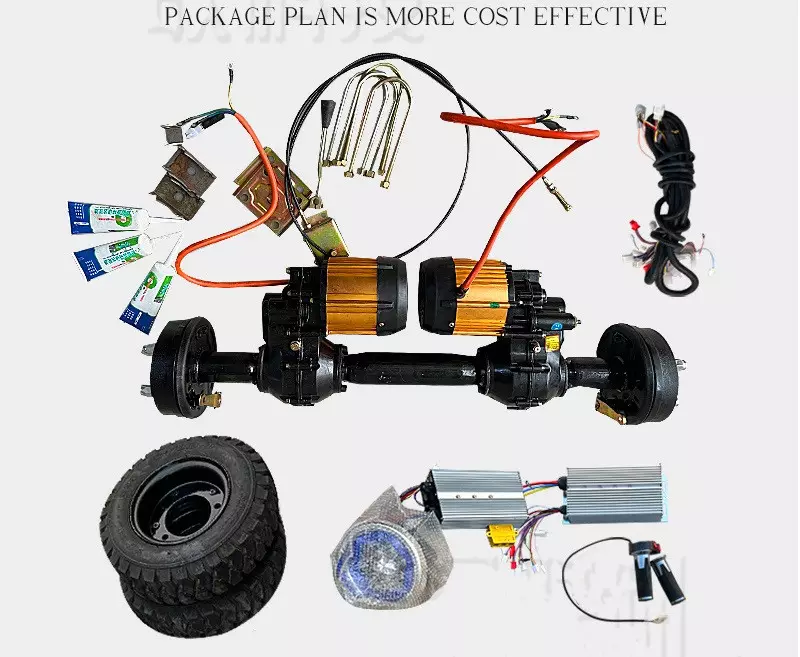

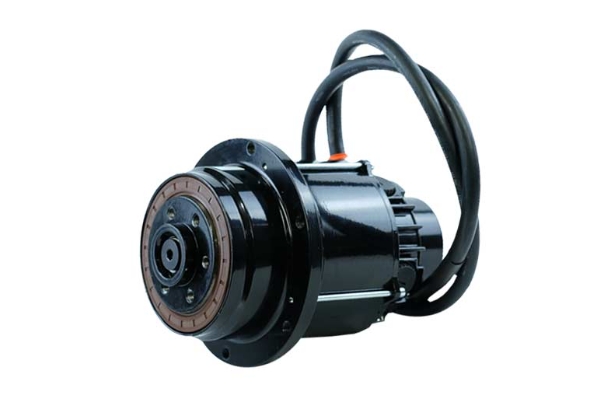
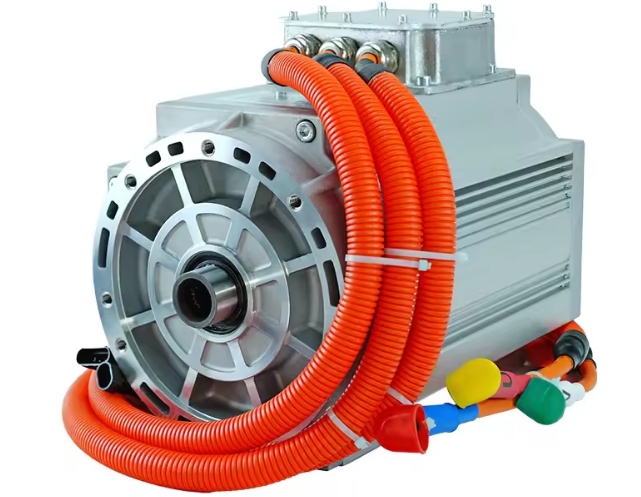
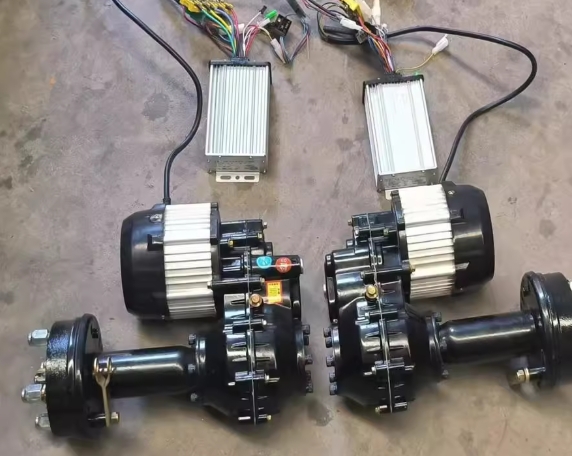
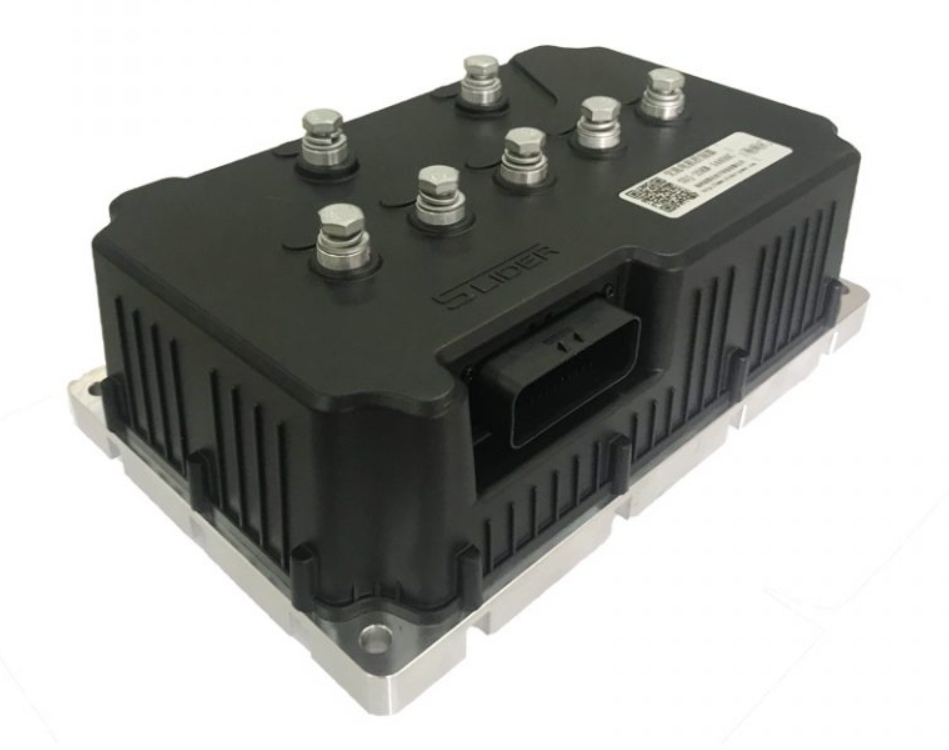

















 XINDA
XINDA